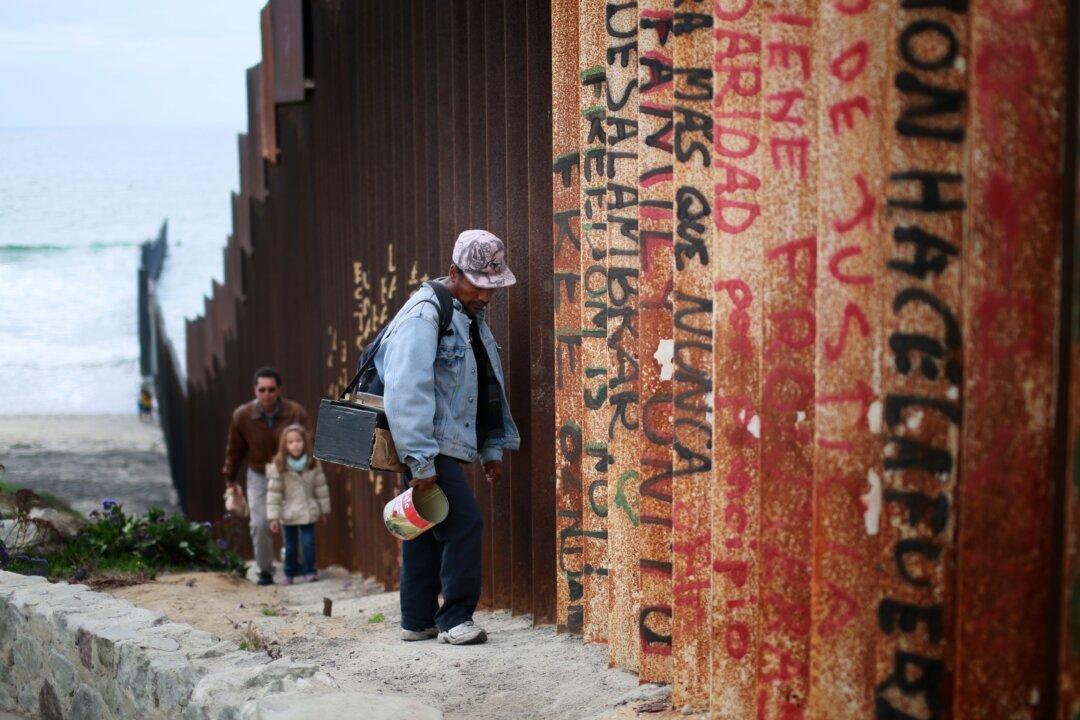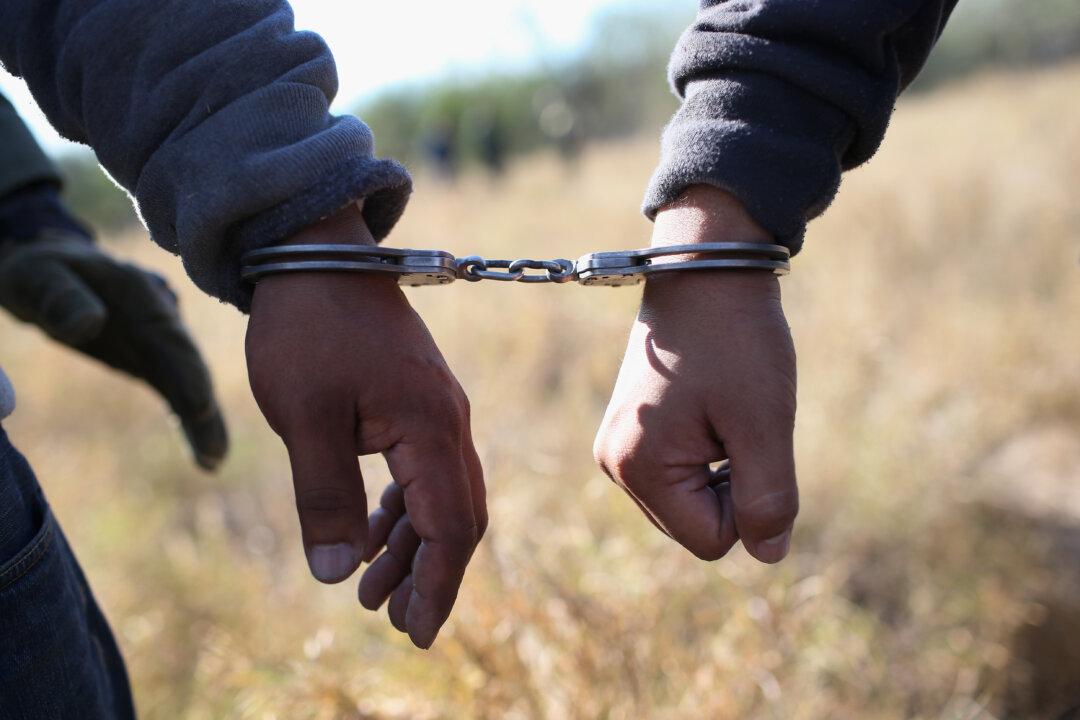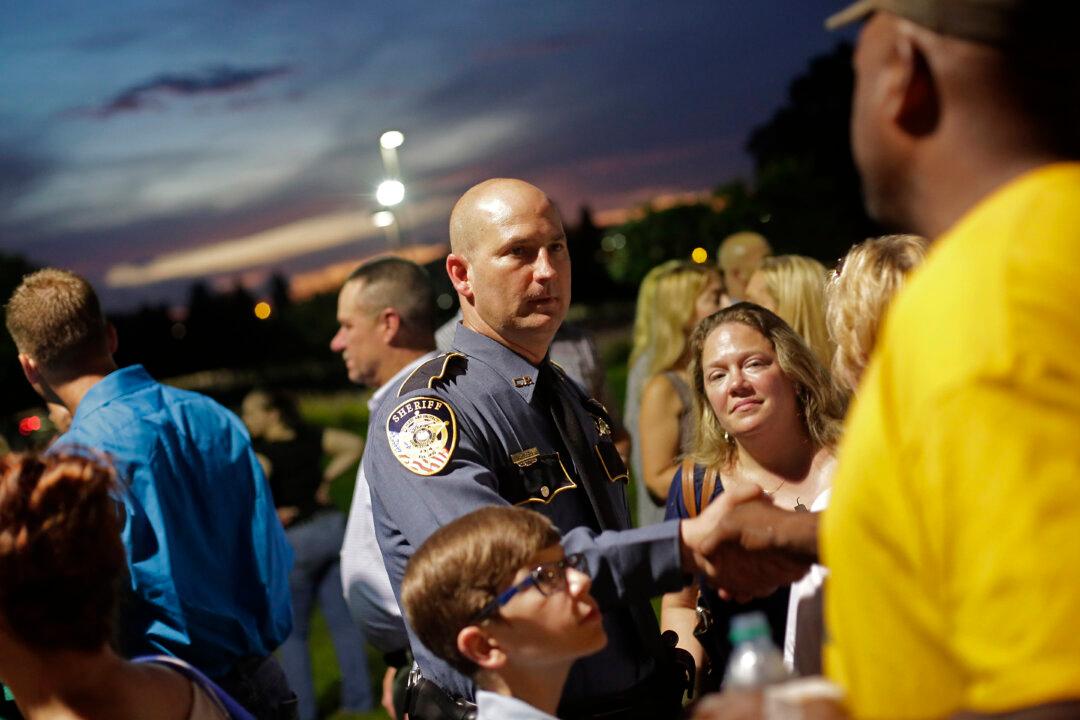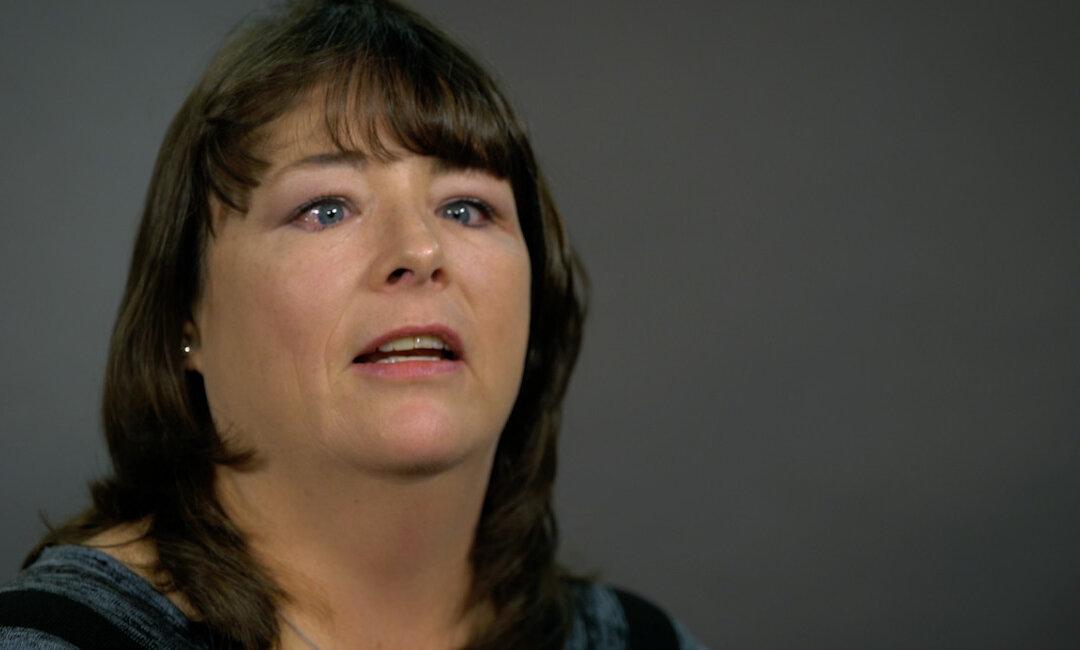The number of children illegally crossing the U.S.-Mexico border alone during the first six months of this fiscal year is almost at the level of apprehensions that occurred in the same time period of 2014, a year when the Obama administration described the issue as a humanitarian crisis.
Children are coming with their families, meanwhile, at a rate almost double from two years ago.
The surge—both in 2014 and this year—is being driven by migrants fleeing violence, corruption, and poverty from the Central American countries of El Salvador, Guatemala, and Honduras.
The spikes are alarming immigration experts because crossings of the southwest border had declined after Mexico last year began better enforcing its borders—with help from the United States—and the Obama administration in 2014 pursued a public awareness campaign in Central America discouraging people from migrating.
According to data compiled by the U.S. Customs and Border Protection, apprehensions at the southern border this fiscal year of unaccompanied children, and families, is significantly up from 2015.





